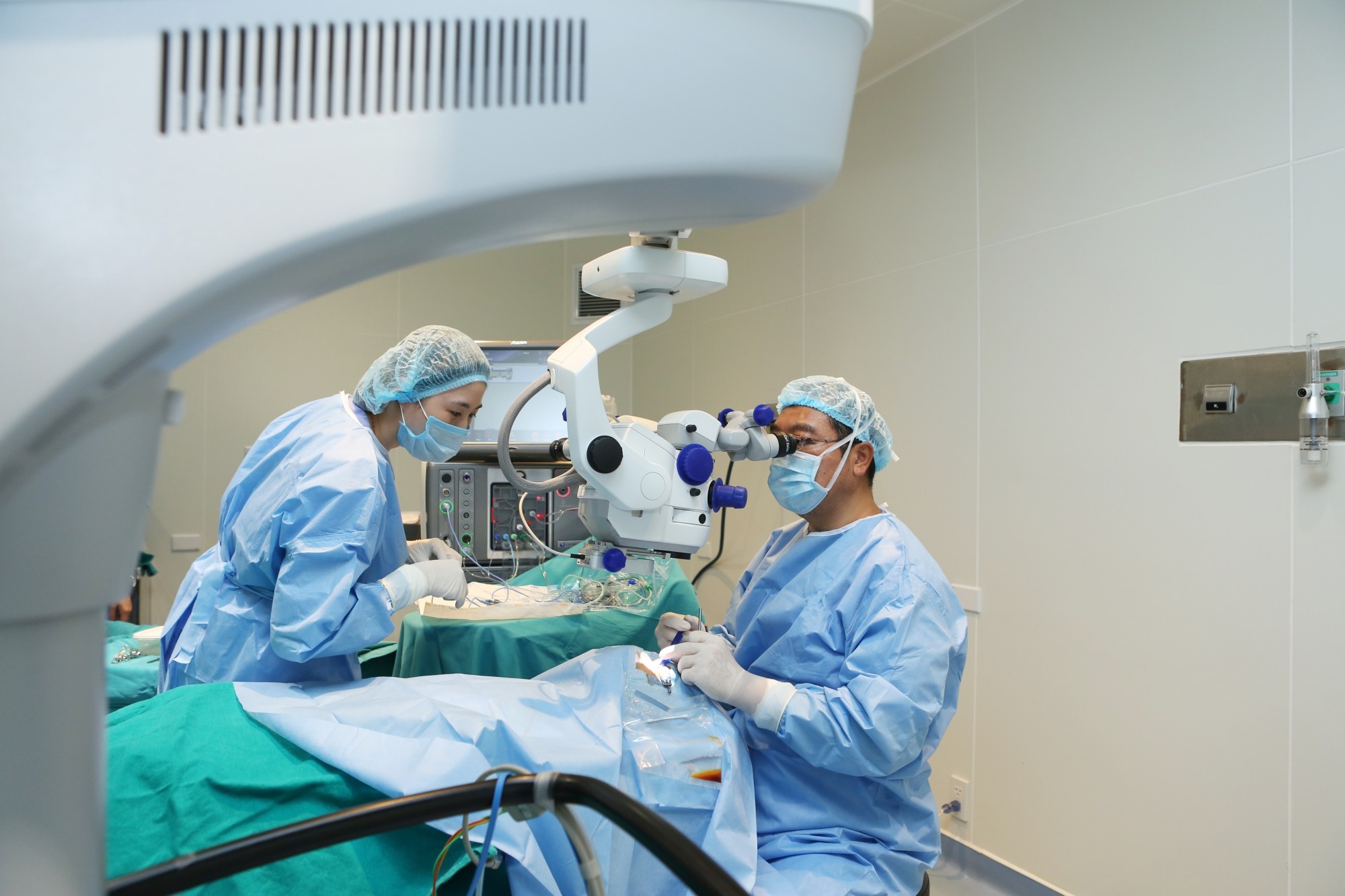Cross-Linking to strengthen the cornea is a procedure combined with laser refractive surgery methods to stabilize the corneal structure, increase the stability of the postoperative visual results, increase the accuracy of surgery, and limit the risk of recurrence after surgery.
Laser refractive surgeries such as SBK Lasik, Femtosecond Lasik, or ReLEx SMILE are increasingly popular thanks to their quick visual recovery and minimal postoperative discomfort. However, despite advances in Femtosecond laser and Excimer laser technology, the mechanism of corneal flap creation and partial removal of the corneal parenchyma affects the biomechanical properties of the cornea, which can lead to deterioration weakness of the corneal stroma and decreased overall corneal stiffness. In rare cases, the weakening of the cornea can lead to corneal ectasia, and relapsing.
With the mechanism of using a combination of riboflavin and UVA rays with wavelength 370nm to create collagen crosslinks between fibers to increase the biomechanical stiffness of the cornea, Cross-Linking is the optimal solution to increase corneal stability for patients after laser refractive surgery.
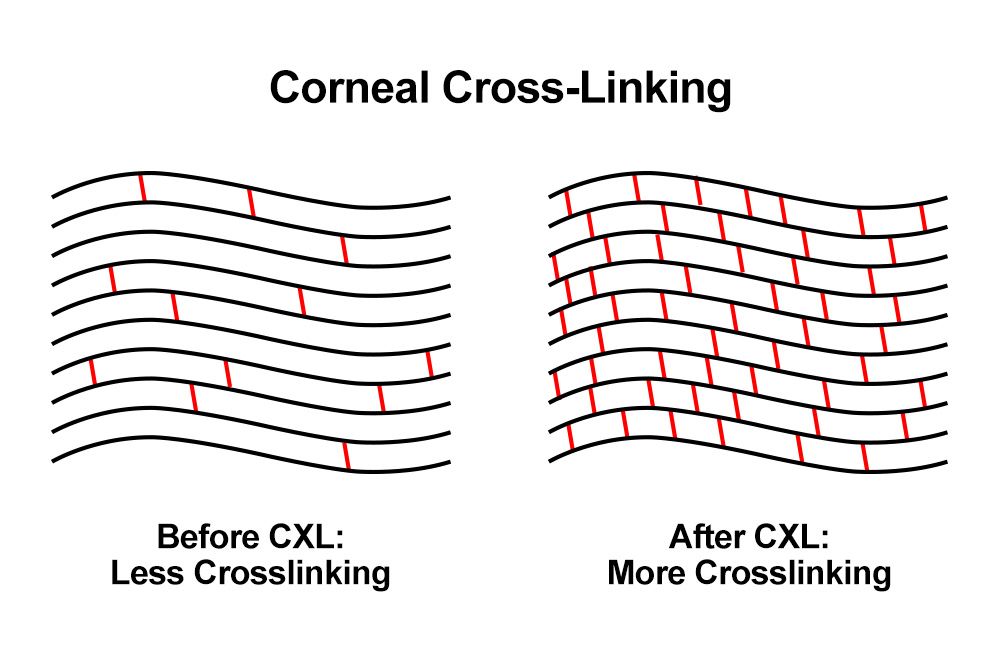
- The patient meets the requirements for laser refractive surgery.
- Corneal thickness less than 500 μm, high myopia, residual corneal thickness after surgery less than 300 μm.
- No corneal disease (herpes keratitis, history of corneal herpes, history of corneal transplant, corneal scarring, corneal opacity).
- No other eye diseases such as glaucoma, retinal degeneration or severe dry eyes.
- Not in the stage of pregnancy or lactation.
- No autoimmune disorders or recurrent epithelial disorders.
- No history of poor epithelial wound healing.
- Not allergic to Riboflavin, UVA rays.
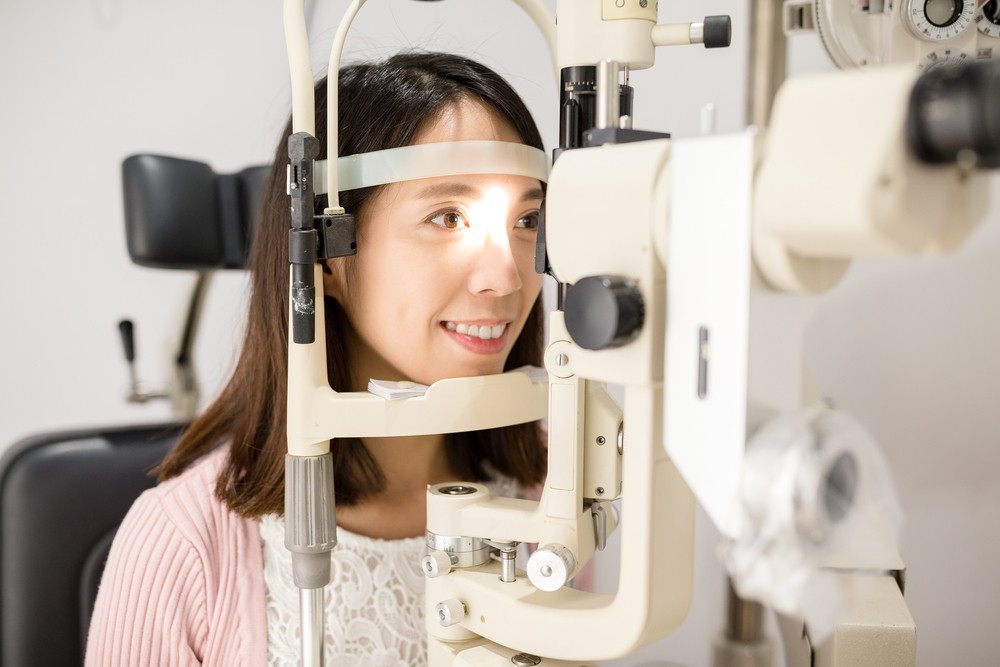
Cross-Linking to strengthen the cornea is performed simultaneously during laser refractive surgery. Therefore, patients need to follow doctor' instructions before performing refractive surgery to ensure that the surgery and procedure is performed safely.
Procedure
Step 1:
- Apply 0.25% riboflavin solution to the cornea and incubate for about 60 - 120 seconds.
- For SBK Lasik and Femtosecond Lasik surgery: After irradiating an excimer laser to eliminate refraction, the corneal flap is kept, add 0.25% Riboflavin solution, soak for about 60 - 120 seconds, then wash and rinse. Close the corneal flap.
- For ReLEx SMILE surgery: After removing the corneal parenchyma core to eliminate refraction, inject 0.25% Riboflavin solution through the incision into the space left by the parenchymal core, soak for about 60 - 120 seconds then rinse.
Step 2:
- Shine UVA rays on the cornea.
- Shine a UVA beam with a wavelength of 370nm on the treatment area for about 60 - 120 seconds.
Step 3:
- Disinfection and end the surgical procedure.
- The patient was given antiseptic drops, the Cross-Linking procedure ended and the refractive surgery was completed.
- The patient will be rested for 1-2 hours to stabilize, then will be checked by the doctor and discharged from the hospital.
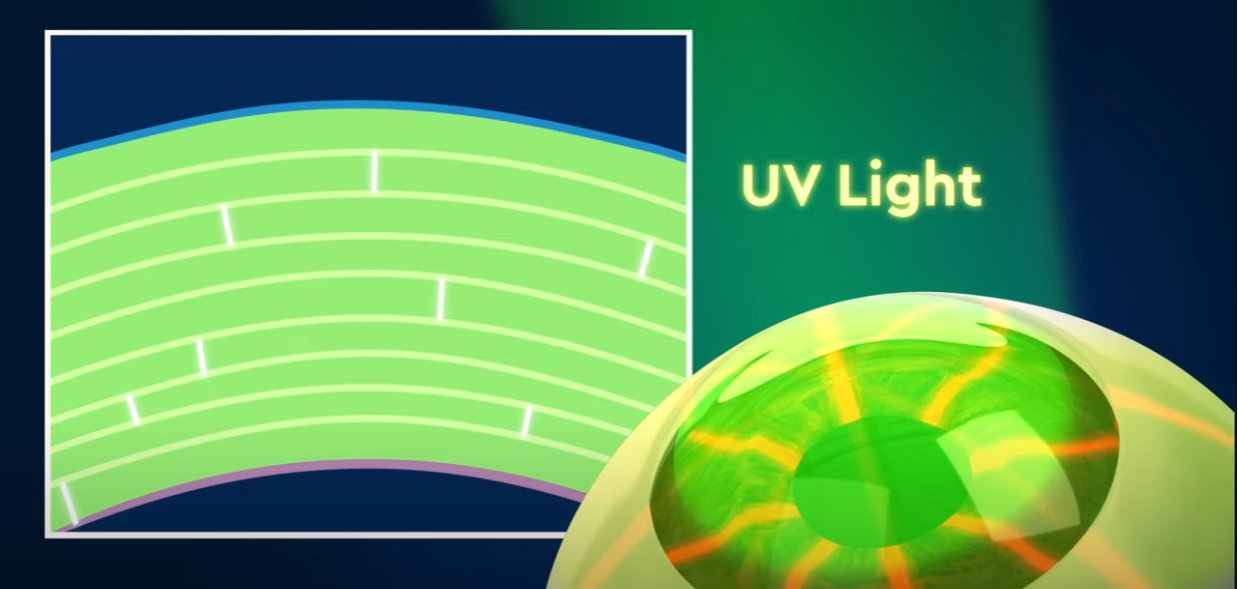
As the procedure is combined with the same laser refractive surgery, so after the procedure, the patient needs to follow the instructions for eye care after refractive surgery. It has the same mechanism as Cross-Linking for keratoconus. However, Cross-Linking strengthens the cornea after refractive surgery with a lower therapeutic dose, thus significantly reducing the risk of associated side effects.
However, after the procedure, a small number of patients may experience prolonged eye irritation, the rate of vision recovery may be slower than with refractive surgery alone. This side effect is normal and should improve after a short time.
Experienced Doctors
A team of experienced doctors in refractive surgery will accurately assess the eye condition, suitability, and necessity to perform corneal reinforcement procedures; thereby, they can offer optimal medical indications as well as closely monitor the treatment and recovery process of the eye.
Modern surgical equipment
The Japan International Eye Hospital uses Avedro's KXL system (USA) for the Cross-Linking procedure to strengthen the cornea. The machine possesses the highest power available today, up to 45 mW/cm2, which reduces UVA exposure time, increases patient comfort and significantly improves treatment efficiency. Cross-Linking is accelerated with pulsed or continuous wave lighting technology.
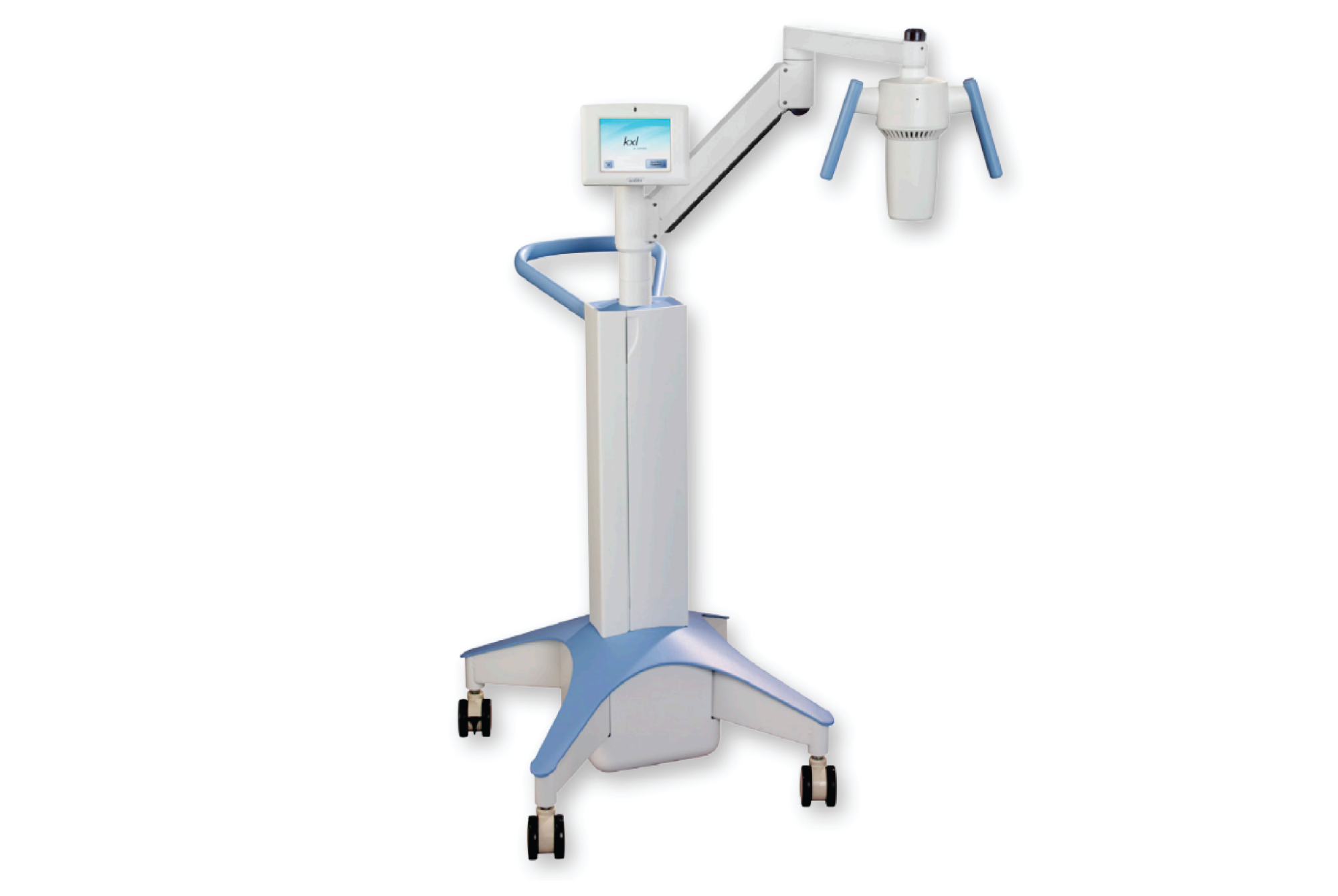
Quick, strict and professional procedure
- A strict and thorough examination process according to Japanese standards.
- The hospital provides comprehensive care, supporting patients during the entire procedure, patients can visit and do the procedure alone without the support of family members.
- Convenient procedures, minimizing waiting time for customers at all stages of examination.
*Note: The treatment performances may vary depending on the physical conditions/ natural disposition of each person. You should get examination and advice as well as direct instructions by your doctor before making a decision for any surgery or procedure.
